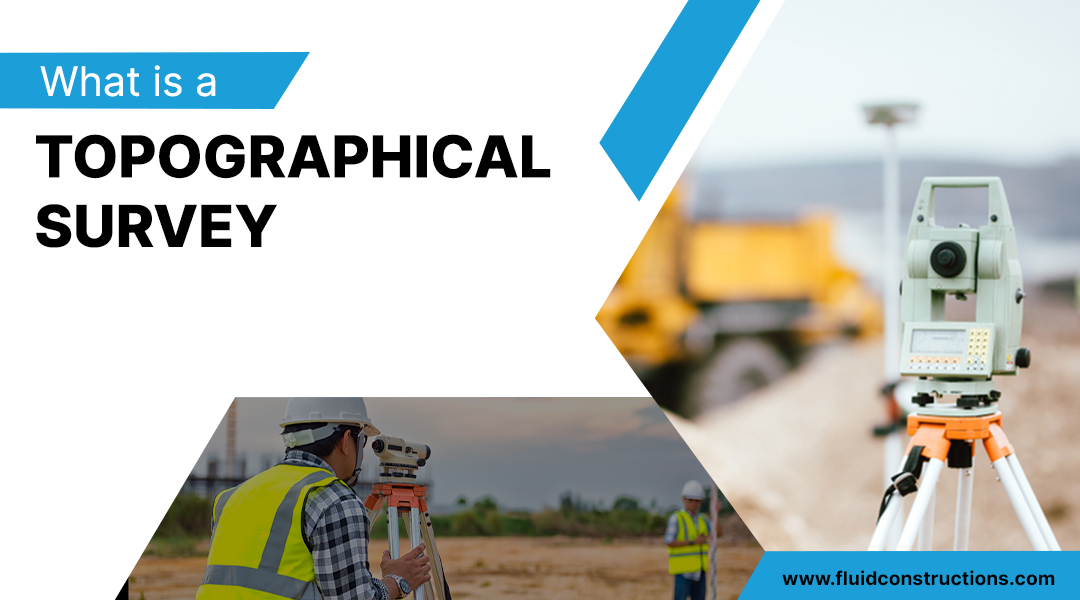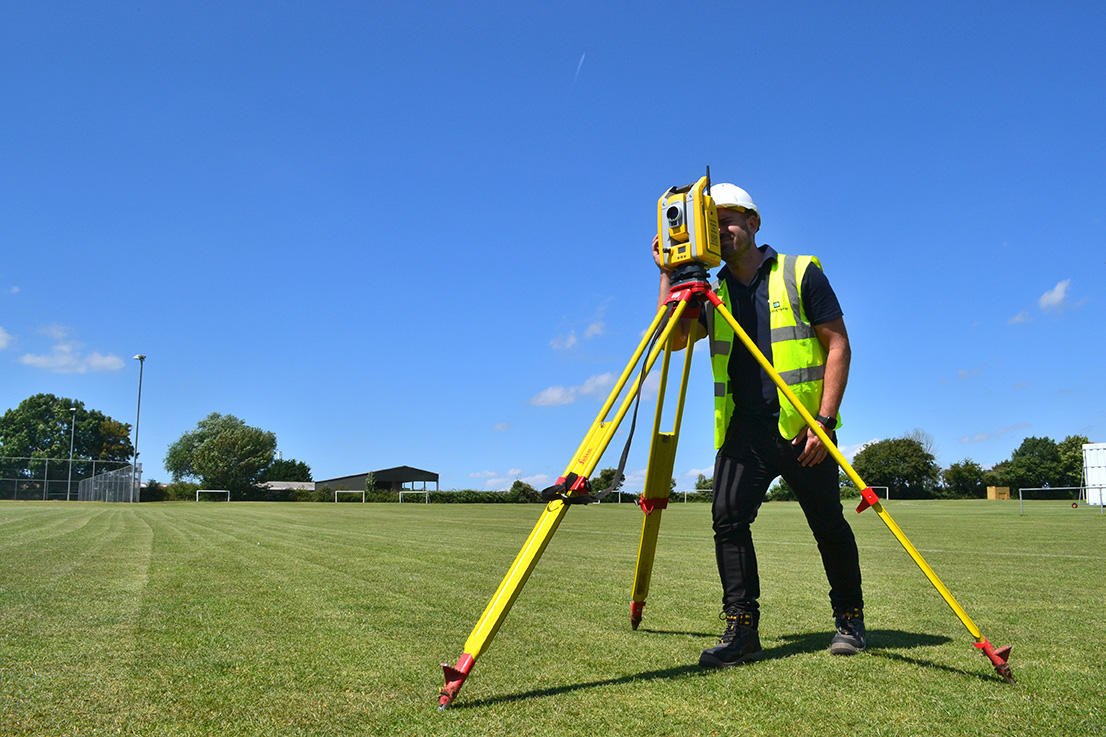Vital Tools and Strategies in Setting Out Design
The technique of setting out engineering depends greatly on a collection of necessary devices and strategies that underpin the accuracy and performance of job execution. What effects does this hold for future engineering methods?
The Relevance of Accurate Dimensions

The relevance of accurate dimensions expands beyond plain compliance; they are integral to the total effectiveness of design processes. Inaccuracies can bring about worldly waste, project delays, and boosted labor prices, eventually impacting the job's lower line. In addition, precise dimensions improve the high quality of the end product, ensuring that it carries out as meant and fulfills the expectations of stakeholders - setting out engineering.
Furthermore, the significance of exact measurements is apparent in various engineering self-controls, including civil, mechanical, and electric design. Each area requires a distinct technique to dimension, yet the underlying necessity for precision remains consistent. As projects come to be significantly intricate, the reliance on precise dimensions will only increase, underscoring the need for continuous developments in measurement techniques and innovations. Therefore, fostering a culture that prioritizes accuracy is vital for the future of engineering.
Necessary Tools for Laying Out
Setting out, a critical stage in the engineering and building procedure, depends greatly on particular devices that make certain precise area and alignment of frameworks. Amongst these devices, the land surveyor's level stands apart, offering specific horizontal measurements important for establishing reference factors. This tool enables engineers to determine elevation adjustments and maintain uniformity throughout the task site.
The overall terminal is an additional vital device, integrating digital distance measurement with angular measurement capacities. This technology improves effectiveness and accuracy in catching spatial information, enabling efficient site format and planning.
Additionally, the usage of determining tapes and marking tools, such as chalk lines or stakes, is basic for temporarily noting boundaries and critical factors on the website. These basic tools, though basic, are essential for making certain clear interaction amongst the building group regarding project specs.
Last but not least, general practitioner modern technology has obtained grip in laying out processes, giving real-time positioning data and substantially boosting precision over conventional techniques. Collectively, these necessary devices develop the foundation of efficient laying out practices, ultimately contributing to the successful execution of design and building and construction projects.
Advanced Evaluating Strategies
Advanced checking techniques play a crucial function in improving the accuracy and effectiveness of design projects. These techniques incorporate a series of methodologies that give accurate data for layout and building and construction. Traditional techniques, such as progressing and triangulation, This Site have advanced into extra sophisticated methods, consisting of Total Terminal surveys and International Navigation Satellite Systems (GNSS)
Total Station gadgets integrate digital theodolites with Your Domain Name distance measurement abilities, enabling surveyors to collect precise location information with wonderful speed. This modern technology considerably lowers errors related to hands-on dimensions and offers real-time data processing. Moreover, GNSS provides unmatched precision for large-scale jobs by making use of satellite signals to establish precise positioning, which is important for lining up structures and making sure compliance with design requirements.
Along with these tools, advanced techniques likewise integrate geospatial evaluation and 3D modeling. These approaches make it possible for designers to imagine terrain and website problems more properly, assisting in far better decision-making during the preparation phase. By using these advanced evaluating techniques, design jobs can achieve higher accuracy in layout, minimize rework, and inevitably boost total task success.
Digital Innovation in Design
The combination of electronic innovation has revolutionized design methods, enhancing both productivity and accuracy across numerous techniques. Devices such as Building Details Modeling (BIM) facilitate the visualization and management of complex tasks, permitting engineers to team up flawlessly and make educated decisions. This modern technology makes it possible for the creation of comprehensive 3D models, which can be examined for architectural honesty and efficiency before building and construction starts.

The application of synthetic knowledge and machine learning in design processes additionally boosts predictive upkeep and optimization of sources. Overall, electronic technology is reshaping the engineering landscape, driving development, and making certain that jobs are finished with greater efficiency and go to website lowered risk.
Best Practices for Execution
When carrying out electronic technology in engineering, it is vital to develop a strategic technique that straightens with project goals and organizational capacities. An extensive analysis of existing operations and technology facilities is vital to identify spaces and chances for renovation. Engaging stakeholders early at the same time promotes partnership and makes certain that the modern technology meets individual requirements.

Job supervisors must take on an iterative implementation technique, permitting changes based on real-time feedback and performance examinations. This active approach not only alleviates threats yet additionally promotes continual improvement by integrating lessons found out.
Final Thought
In conclusion, the combination of necessary devices and advanced methods in establishing out design is crucial for making certain accuracy in dimensions and successful task execution. Employing instruments such as land surveyor's levels, total terminals, and GPS modern technology, along with modern-day checking techniques, improves accuracy and decreases the possibility of errors. Embracing best practices in execution better enhances these processes, ultimately fostering boosted task outcomes in the engineering and building sectors.
The technique of establishing out engineering depends greatly on a suite of important tools and strategies that underpin the accuracy and performance of job execution.Furthermore, the importance of exact measurements is evident in numerous engineering techniques, including civil, mechanical, and electrical engineering. By using these sophisticated surveying strategies, engineering projects can attain higher accuracy in design, reduce rework, and ultimately improve overall task success.
In general, electronic modern technology is reshaping the design landscape, driving development, and making sure that tasks are finished with higher performance and decreased risk (setting out engineering).In conclusion, the integration of necessary devices and progressed methods in setting out engineering is important for making sure precision in dimensions and effective job implementation